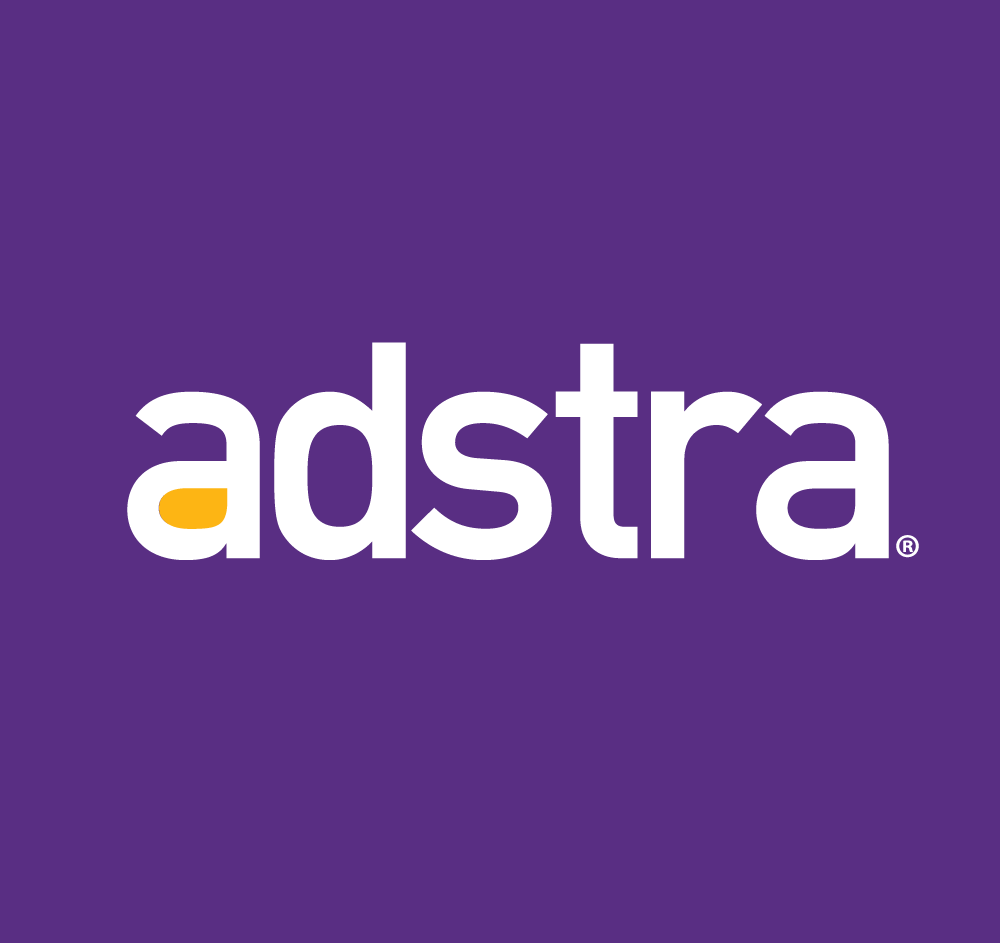“Alone we can do so little; together we can do so much.” – Helen Keller
This Month’s Update
Clean room mania is sweeping the digital media industry as advertisers look for ways to identify, target and measure consumer engagement without the use of cookies. The drivers behind this push are twofold: one the expansion of the chaotic Advanced TV ad ecosystem; and two the increased need to securely connect 1st party data. While clean rooms are a viable option, there is the question around whether they are the best option. On the pro clean room side is organizational comfort and understanding around privacy and customer identity protection; on the con clean room side is the added complexity, reduction in speed and added cost, even though alternative solutions could provide the same data protections.
For now, the complexity and cost of clean rooms do not appear significant enough to warrant investigating alternatives, but the time will come. The rise of clean rooms means that every brand and consortium is lining up its own solution. Take this example: A global brand may use two or three solutions, while another global brand may use two completely different ones. While this solves each brands’ problems, it now creates a challenge for the media seller, which has to work with five clean rooms in order to maintain revenue from just two brands. In an effort designed to make things easier, publishers and ad sellers are being forced into a multi-room paradigm.
These economics aren’t sustainable as the number of players and clean room options proliferate. In the end the connection of ad impression and individual reaction will be non-scalable, and advertisers and marketers will be less effective in driving real performance at scale.
Ad sellers now face the challenge of working within many clean rooms. Lots of rooms make a house, so publishers are trying to find a way to build “clean houses,” a term coined by Omnicom’s Marc Rossen. Of course, houses aren’t just rooms. You need doors, hallways, and staircases to connect everything. That kind of infrastructure is what’s currently missing from the clean room bonanza. The clean rooms may work, but they don’t easily connect with one another. Sellers feel the acute need to operate in this multi-room ecosystem, but there isn’t any kind of viable infrastructure. Without one, publishers are unable to construct the clean houses they need, and instead forced into using several standalone rooms. What you have then is metal containers stacked on top of each other that need a crane to move them around.
There may be some brands looking at this challenge and wondering why publishers can’t simply play along until a few clear winners rise to the top. Isn’t this what has happened in the evolution of the programmatic ad space? The issue with this thinking is that it results in a loss of control for the sellers. We have seen this scenario before, especially in programmatic… you leave the house of clean rooms for the walled garden in the yard. Then you realize it’s hard to get back into the house when the sun sets.
A “clean house” built on interoperability is going to maximize efficiency on the sell-side, and that efficiency is passed on to advertisers. Rather than push multi-room and multi-ID on the sell side, advertisers need to embrace interoperability and flexible solutions that will allow both sides to prosper in the future.
Privacy Highlights
| California Governor Gavin Newsom signed into law legislation that “establishes the California Age-Appropriate Design Code Act, which requires online platforms to consider the best interest of child users and to default to privacy and safety settings that protect children’s mental and physical health and well-being.” “The bill would radically reshape the Internet, requiring businesses to authenticate all of their users’ ages — and that is bad news for everyone,” Santa Clara University Law School professor Eric Goldman said. “Users will first be required to prove their age before they can visit any new site — even if they just plan to visit for a second, and even if they never plan to return. More importantly, the authentication process is highly invasive.” Protocol cited the law as an example of the technology industry’s waning power in California. The New York Times, Wall Street Journal, Axios, Marketwatch, ABC News, CNN, The Hill, and other outlets reported on the law. Adweek reported on concerns about age verification in California’s Age-Appropriate Design Code. This “might expose data associated with vulnerable populations such as the LGBTQ+ community, whistleblowers or even journalists that might want to retain some level of anonymity,” said Ari Lightman, a professor of digital media, marketing and cybersecurity at Carnegie Mellon University’s Heinz College. Legislation modeled on California’s Age-Appropriate Design Code has been introduced in New York State. The legislation goes beyond the California bill to include a provision requiring tech companies to provide parents with a way to notify them in case of emergencies. On Thursday, Sept. 29 at 11:00 a.m., The Washington Post will host a conversation with Rep. Frank Pallone Jr. and Rep. Cathy McMorris Rodgers about the prospects for a bipartisan data privacy bill and the future of tech regulation. A Bloomberg Opinion article noted the states’ greater progress on data privacy and technology regulation compared to the federal government. An investigation in The Washington Post found that “users have few protections under the Health Insurance Portability and Accountability Act when it comes to digital data, and popular health apps share information with a broad collection of advertisers.” In comments submitted to the agency, technology think tank TechFreedom encouraged the FTC to abandon its privacy rulemaking. Instead, the agency should “continue to police hard privacy questions case by case,” but leave “major questions” around privacy to Congress. An article on the comments in MediaPost mentioned that Privacy for America “argued that Congress, not the FTC, should set privacy standards. That organization also suggested it would challenge FTC privacy rules in court.” Bloomberg noted the FTC’s increasing efforts to protect geolocation data. “Geolocation is a portal to all sorts of other sensitive information about your life,” said Commissioner Alvaro Bedoya. “Having an aggressive enforcer that is willing to call companies out when they’re engaging in conduct that can harm people will help.” An article in The Washington Post argued that allegations by a Twitter whistleblower demonstrated the limits of the FTC’s enforcement resources and authority. We encourage you to also visit our content blog where you can get our latest news and thoughts on industry issues. While you are there, please also check out our website to gain a clearer understanding of Identity, Data, and all the services we have to offer. Should you look for more help on these topics, please reach out and we would be happy to help. Email us at connect@adstradata.com |

| Our insights are again only a small fraction of what is being shared out there. Here are some other interesting articles and opinions we thought to share to both inform and inspire discussion. |
*Advertisers have long looked to understand the movements of consumers to help trigger different ad campaigns. Travel patterns were used as an indication of items like interests, economic level, and recent moves. The FTC case against Kochava may change the game for how location information can be used going forward. Check out Marc Iskowitz’s recent article on the case: FTC vs Kochava |
| *The FTC has long supported the Ad industry self-regulating the issues of privacy and ad truthfulness. That view may be changing. Allison Schiff digs in on where the FTC is on the topic these days: To Self-Regulate or Not…. The FTC Investigates |
| *There are many things our politicians are divided on, but one thing they all seem to understand is that clear privacy rules and regulations are needed going forward. The question is if it should be done at a state level or federal level. Our own Jason Bier – Adstra’s Chief Privacy officer and General Counsel – shared recently in AdExchanger why now is the time for a federal law: Why Internet Privacy Needs a Federal Law |
| *If you haven’t noticed, CTV Advertising is growing rapidly and CPG Brands are leading the way. CTV accounted for 52% of CPG video impressions last year, up from 44% the year prior and overtaking mobile (which accounted for 37% of the industry’s impressions) and desktop (with 11%). Jack Neff dives into what’s driving the move: CPG Brands Shifting to CTV Faster Than Other Categories |
Think others may be interested in getting a copy of this newsletter? Please have them email us at connect@adstradata.com and we will add them to our list. If you like what Adstra has to share, want to learn more about what we do or find copies of this and previous newsletters, visit our website at adstradata.com or follow us on LinkedIn @Adstra, Twitter @Adstradata or Facebook @Adstradata.
We welcome you to the new ideal.



